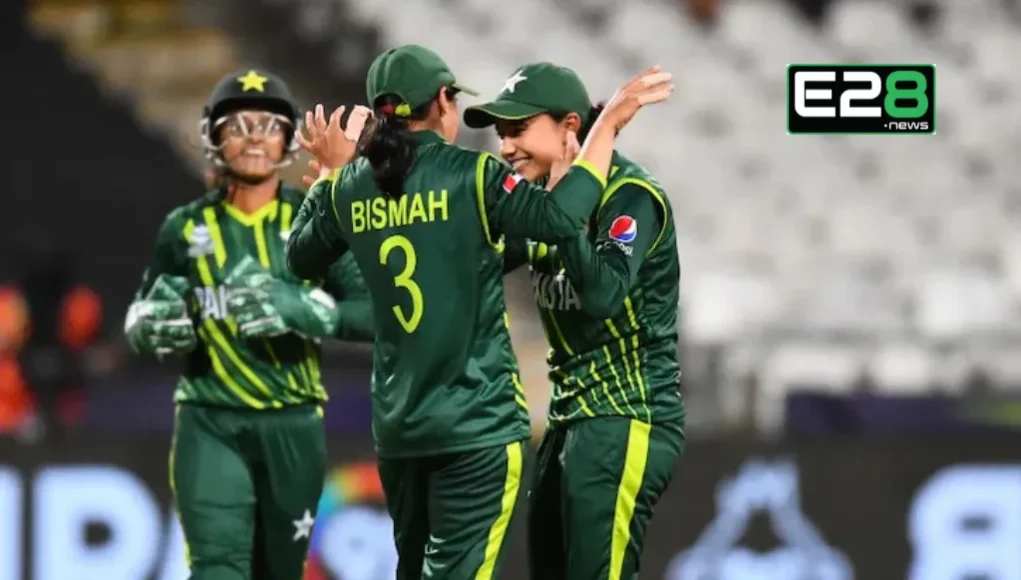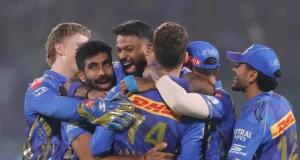Women’s cricket has made remarkable strides over the years. However, despite growing popularity and increasing recognition, there remains a significant pay gap between male and female cricketers. This article explores the journey of women’s cricket, the ongoing fight for equal pay, and how recognition continues to evolve in this space.
The Early Days of Women’s Cricket
Women’s cricket dates back to the 18th century, with the first recorded match played in 1745. However, the sport didn’t gain proper recognition until much later. Early female cricketers faced significant challenges, from societal attitudes to the lack of structured tournaments. Over time, with the establishment of women’s cricket leagues and the growing number of fans, the sport started to gain traction.
Breaking Barriers: Women’s Cricket in the 20th Century
In the 20th century, women’s cricket began to grow in popularity, with countries like England, Australia, and New Zealand establishing formal women’s cricket teams. The first Women’s Cricket World Cup in 1973 marked a pivotal moment, showcasing the potential of the sport on a global stage. Despite this, the pay gap between male and female cricketers persisted, and women faced numerous barriers in terms of opportunities and recognition.
Major Milestones in Women’s Cricket
- 1973: The Women’s Cricket World Cup is introduced, highlighting the potential for women’s cricket on the international stage.
- 1997: The Women’s Cricket World Cup final attracts over 80,000 fans in Kolkata.
- 2005: The International Cricket Council (ICC) oversees women’s cricket.
- 2017: The Women’s Cricket World Cup final between England and India garners global attention, setting a new benchmark for women’s cricket viewership.
These key milestones continue to shape the direction of women’s cricket, pushing for better recognition and pay.
The Pay Gap: A Harsh Reality
Despite the rapid growth in women’s cricket, the pay gap remains a significant issue. For example, while a top male cricketer may earn millions in endorsements and salaries, a female cricketer earns a fraction. This disparity is rooted in several factors, including lower revenue generation from women’s matches, fewer sponsorship opportunities, and limited media coverage.
Factors Contributing to the Pay Gap
- Lower Revenue: Women’s cricket generates less revenue than men’s due to limited broadcasting rights and fewer viewers.
- Limited Sponsorships: Women cricketers often struggle to secure endorsement deals, which are crucial for their financial earnings.
- Media Coverage: Women’s cricket, despite its growing popularity, still faces limited coverage, affecting its visibility and, consequently, its revenue.

Challenges Faced by Female Cricketers
Female cricketers face numerous challenges contributing to the pay gap and underrepresentation in the sport. Limited opportunities in the media and a lack of sponsorships are two of the biggest hurdles.
Lack of Sponsorships and Endorsements
While male cricketers sign major endorsement deals with global brands, female cricketers often miss out on these lucrative opportunities. As women’s cricket continues to grow, brands must recognize the potential for sponsorship and invest in female athletes.
Limited Media Coverage
Another significant issue is the lack of media attention on women’s cricket. Many women’s matches are not broadcast, reducing the sport’s visibility and affecting fan engagement. Media coverage could help bridge this gap, creating a more substantial audience for women’s cricket.
Gender Bias in Cricket Administration
Women’s cricket often receives less funding and investment from cricket boards, which affects the development of the sport. For example, many women’s teams lack access to the same resources as their male counterparts, which impacts their ability to perform at the highest level.
The Push for Equal Pay in Women’s Cricket
In recent years, female cricketers have been vocal about the need for pay parity. Advocacy groups and leading players, such as Meg Lanning and Smriti Mandhana, continue to push for change, urging cricket boards to provide equal salaries and benefits to male and female players. These efforts are starting to make a difference.
Countries Leading the Way in Equal Pay
Australia
Australia has been a leader in equal pay for women cricketers. The country made history by offering female players equal pay to their male counterparts, setting a standard for other nations to follow.
England and New Zealand
Both England and New Zealand have also made significant strides towards pay parity. These countries have increased salaries and match fees for female cricketers, helping to close the gender pay gap in cricket.
The Role of Media in Women’s Cricket
The role of media in promoting women’s cricket cannot be overstated. Increased media coverage, especially through television broadcasts and social media platforms, has raised awareness about the sport. Popular leagues such as the Women’s Big Bash League (WBBL) and Women’s Premier League (WPL) have shown the commercial potential of women’s cricket.
Sponsorship and Commercialization of Women’s Cricket
Women’s cricket is beginning to see more interest from sponsors and global brands, thanks to increasing viewership and media coverage. Companies are beginning to recognize the commercial opportunities within women’s sports, including cricket, and investing in players and tournaments. This has created new revenue streams, allowing female cricketers to earn more and gain global recognition.
Women’s Cricket Leagues and Their Impact
Leagues such as the Women’s Big Bash League (WBBL) and Women’s Premier League (WPL) have revolutionized the landscape of women’s cricket. These leagues allow female cricketers to showcase their talent, gain recognition, and earn higher salaries. The rise of franchise-based leagues has also created a new avenue for sponsorships, media deals, and merchandise sales.
What Needs to Change for True Equality?
To achieve true equality in cricket, several changes need to be made:
- Increased Investments: Cricket boards must invest more in women’s cricket, providing better training facilities and opportunities for female players.
- Equal Prize Money: Offering equal prize money for men’s and women’s tournaments will go a long way in closing the pay gap.
- More Media Coverage: Broadcasting more women’s matches will help attract larger audiences and increase revenue.
- Encouraging Young Girls: More initiatives are needed to encourage young girls to take up cricket, creating a strong talent pipeline for the future.
Success Stories of Women Cricketers
Female cricketers such as Mithali Raj, Ellyse Perry, and Suzie Bates have set inspiring examples for young athletes. These players have overcome numerous challenges to achieve greatness in their careers, and their success stories are motivating the next generation of cricketers.
The Future of Women’s Cricket
The future of women’s cricket looks promising. As more countries invest in the sport, the gender pay gap will likely continue to decrease. With more media coverage, sponsorships, and leagues on the rise, women’s cricket is poised for even greater success in the years to come.
Conclusion
While women’s cricket has made significant progress, the fight for equal pay and recognition is ongoing. With continued support from fans, media, and cricket boards, the future of women’s cricket is bright. Equal pay and better opportunities are on the horizon, and as the sport continues to grow, women cricketers will receive the recognition they truly deserve.
FAQs
Q1. Why is there a pay gap in women’s cricket?
Ans. The pay gap is primarily due to lower revenue generation from women’s matches, fewer sponsorships, and limited media coverage.
Q2. Which country first introduced equal pay for male and female cricketers?
Ans. Australia was among the first countries to implement equal pay for male and female cricketers.
Q3. How can media coverage improve women’s cricket?
Ans. More televised matches and better media promotions will help increase sponsorships, viewership, and player earnings.
Q4. What are some major tournaments in women’s cricket?
Ans. The Women’s Cricket World Cup, Women’s T20 World Cup, and Women’s Premier League (WPL) are major tournaments in women’s cricket.
Q5. How can fans support women’s cricket?
Ans. Fans can support by watching matches, following female cricketers on social media, and advocating for equal pay in sports.
















